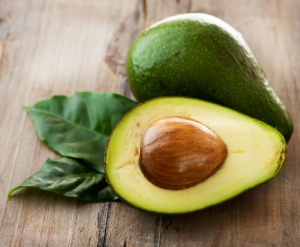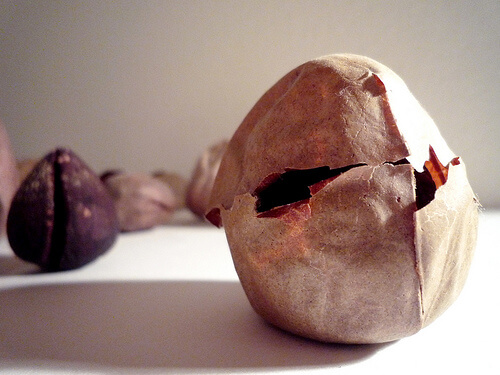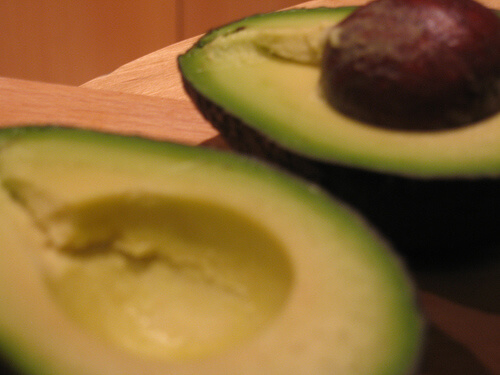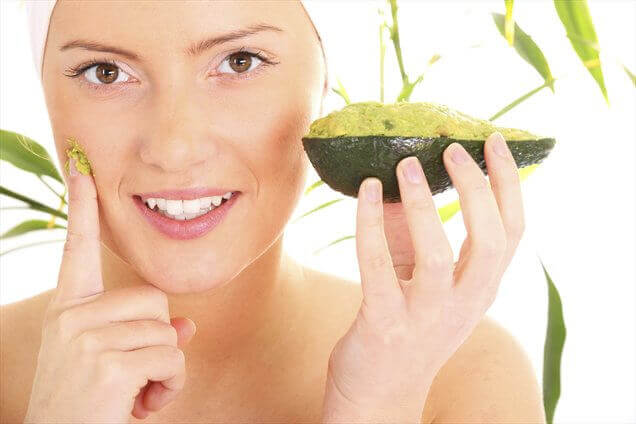The Benefits and Uses of Avocado Seeds

Avocado is a delicious and nutritious fruit that’s very beneficial for your health. But avocado seeds (which are often thrown away) can be eaten as well, since they have many more medicinal properties than the rest of the fruit. You can also use it topically to treat skin problems and muscle and joint pain.
Why the seed?
Avocado is an excellent food, which is why we recommend you eat it often. 70% of the amino acids that this fruit contains is found in its seed. What’s more, avocados contain more soluble fiber than any other food.
Health benefits of avocado seeds
Here are some of the medicinal properties of avocado seeds:
- They’re antioxidant and prevent cell aging.
- They prevent cardiovascular diseases thanks to their amino acid contents. This helps treat high cholesterol and triglycerides levels and prevent heart disease.
- They help raise defenses and fight diseases caused by microbes, fungus, and parasites.
- Slimming and fat burning: Avocado seeds contain more fat burners that the fruit’s pulp. They also contain soluble fiber, which helps the intestinal tract and makes you feel satisfied.
- They’re astringent, which means they help treat diarrhea and gastrointestinal tract inflammation.
- Avocado seeds have aphrodisiac properties for increasing libido.
- They help revitalize you when you’re feeling fatigued and stressed.
- Avocado seeds relieve joint and muscle pain when used topically.
- They prevent tumor growth since they contain flavonols.
- Avocado seeds prevent epilepsy.
- They quickly eliminate blemishes and boils when applied topically because they dry them up.
- Avocado seeds regulate thyroid disorders.
- They have rejuvenating effects on the skin because they boost collagen production.
- They help treat asthma naturally.
How to eat them
Avocado seeds have a bitter taste because of their medicinal properties. In order to consume them, remove the fine layer of brown skin and grate them. You can also toast them on a pan until golden brown. You’ll see that they’ll turn a reddish color. With avocado seeds, you can also:
- Make an infusion. Boil them for 10 minutes and let stand for another 5. Drink throughout the day.
- Use them as a garnish in salads, soups, stews, rice, pasta, etc.
- If you toast them enough, you can grind them with the help of a coffee bean grinder until you get a fine powder.
Warning: Eating too many avocado seeds can cause constipation due to their tannin contents.

You should read: 6 Cosmetic Uses for Avocado
How to apply them?
For the topical use of avocado seeds, do the following:
- Crush them and mix with alcohol. Let the mixture stand for at least a week. Use this alcohol for massages and rubs in the case of joint and muscle pains. In the case of migraines, massage your temples and neck gently with it.
- With avocado seed powder, you can make a cream to apply to blemishes and boils so they dry quickly. Mix the powder with a little bit of hot water to make a paste and apply it onto your skin for 5 to 10 minutes. You can repeat every day until you see an improvement.
- For shiny hair and to fight dandruff: Grate untoasted avocado seeds. Mix them with castor oil and let the mixture soak for a day. Then, rub the mixture on your scalp. Cover your head with a towel or cap and then wash your hair well. We don’t recommend this treatment for very oily hair.
- You can also use avocado seed powder to exfoliate and tone your skin.

All cited sources were thoroughly reviewed by our team to ensure their quality, reliability, currency, and validity. The bibliography of this article was considered reliable and of academic or scientific accuracy.
- Bangar, S. P., Dunno, K., Dhull, S. B., Siroha, A. K., Changan, S., Maqsood, S., & Rusu, A. V. (2022). Avocado seed discoveries: chemical composition, biological properties, and industrial food applications. Food Chemistry: X. 16: 100507. https://www.ncbi.nlm.nih.gov/pmc/articles/PMC9789361/
- Belete Bahru, T., Hailu Tadele, Z., & Gebrie Ajebe, E. (2019). A review on avocado seed: functionality, composition, antioxidant and antimicrobial properties. Chemical Science International Journal. 27 (2): 1-10. https://journalcsij.com/index.php/CSIJ/article/view/638
- California Avocado Commission. (2016). Is it safe to eat the avocado seed? Consultado el 8 de junio del 2023: https://californiaavocado.com/avocado101/is-it-safe-to-eat-the-avocado-seed/
- Charles, A. C., Dadmohammadi, Y., & Abbaspourrad, A. (2022). Food and cosmetic applications of the avocado seed: a review. Food & Function. 13. https://pubs.rsc.org/en/content/articlelanding/2022/FO/D1FO02438H
- Dabas, D., Elias, R. J., Lambert, J. D., & Ziegler, G. R. (2011). A Colored Avocado Seed Extract as a Potential Natural Colorant. Journal of Food Science. https://ift.onlinelibrary.wiley.com/doi/10.1111/j.1750-3841.2011.02415.x
- Dabas, D., M Shegog, R., R Ziegler, G., & D Lambert, J. (2013). Avocado (Persea americana) seed as a source of bioactive phytochemicals. Current pharmaceutical design, 19(34), 6133-6140. https://www.ingentaconnect.com/content/ben/cpd/2013/00000019/00000034/art00007
- Pizzino, G., Irrera, N., Cucinotta, M., Pallio, G., Mannino, F., Arcoraci, V., Squadrito, V., Altavilla, D., & Bitto, A. (2017). Oxidative stress: harms and benefits for human health. Oxidative Medicine and Cellular Longevity. 2017: 8416763. https://www.ncbi.nlm.nih.gov/pmc/articles/PMC5551541/
- Segovia F. J, Hidalgo, G. I., Villasante, J., Ramis, X., & Almajano, M. P. (2018). Avocado seed: a comparative study of antioxidant content and capacity in protecting oil models from oxidation. Molecules. 23 (10): 2421. https://www.ncbi.nlm.nih.gov/pmc/articles/PMC6222478/
- Shi, D., Wong, M., & Popovich, D. (2023). Antibacterial properties of Hass avocado. Medical Sciences Forum. 18 (1): 1. https://www.mdpi.com/2673-9992/18/1/1
- Tremocoldi, M. A., Rosalen, P. L., Franchin, M., Massarioli, A. P., Denny, C., Daiuto, E. R., Rizzato Paschoal, J. A., Siqueira Melo, P., & Matias de Alencar, S.(2018). Exploration of avocado by-products as natural sources of bioactive compounds. Plos One. 13 (2): e0192577. https://www.ncbi.nlm.nih.gov/pmc/articles/PMC5812635/
This text is provided for informational purposes only and does not replace consultation with a professional. If in doubt, consult your specialist.








